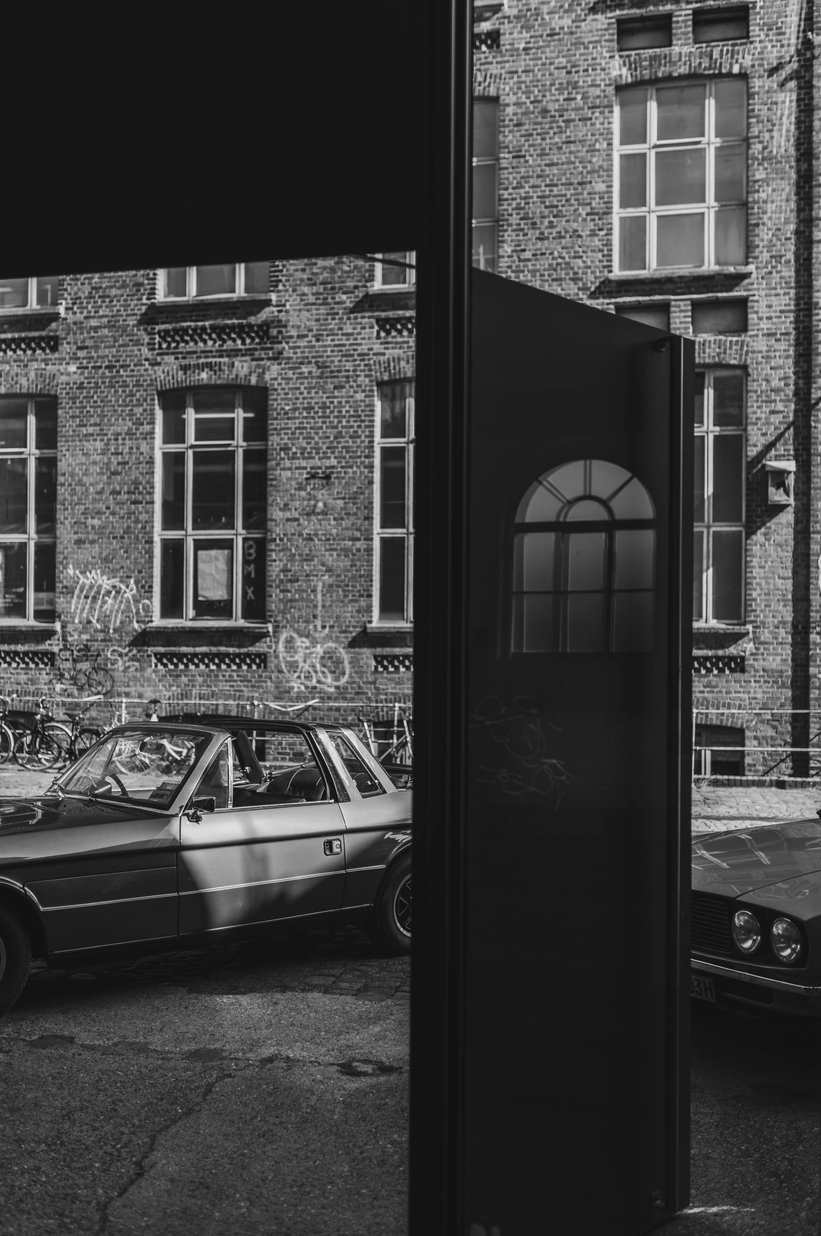
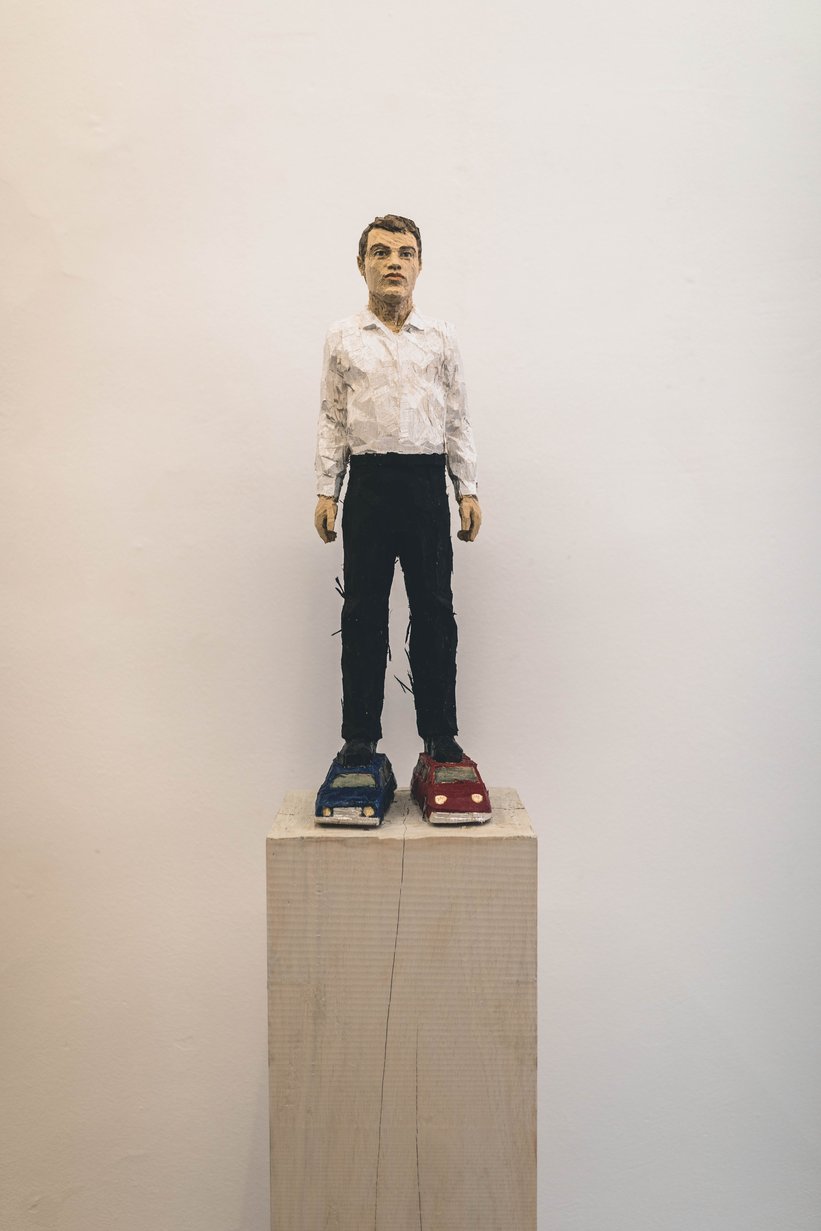
When we first met Jochen Hempel and one of his Bristols, we were under the impression that the mint green Grand Tourer which overtook us was an Aston Martin. But a short while later, we found the British sports saloon parked on the well-known industrial site and discovered it was in fact a Bristol 410 from 1969. Bristol doesn’t have the celestial status of Aston Martin, but the sight of this sports car from the eccentric British manufacturer was a rare occurrence. Only 79 Bristol 410s were sold, however this example drives around devoid of its chrome bumpers in order to make it “just a little bit sportier,” as Hempel later reveals.
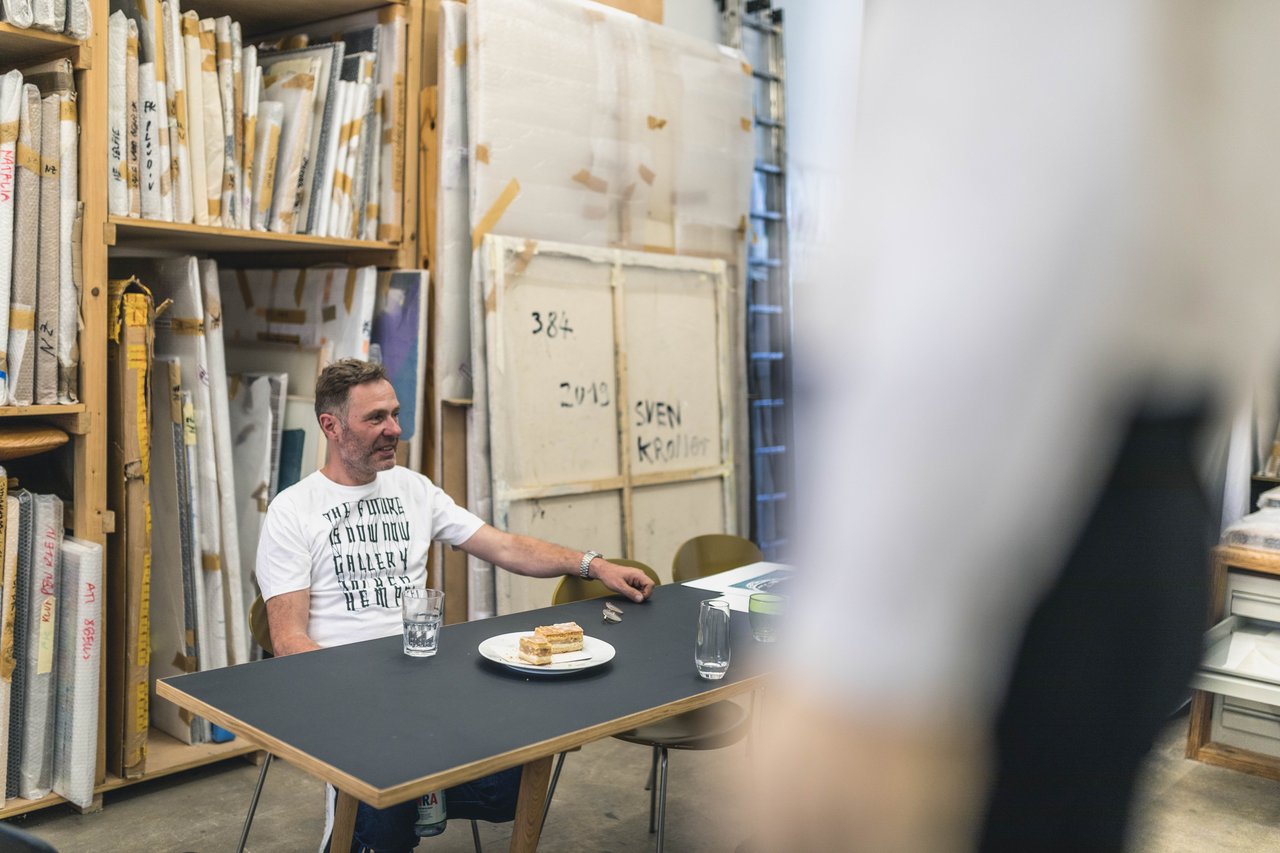
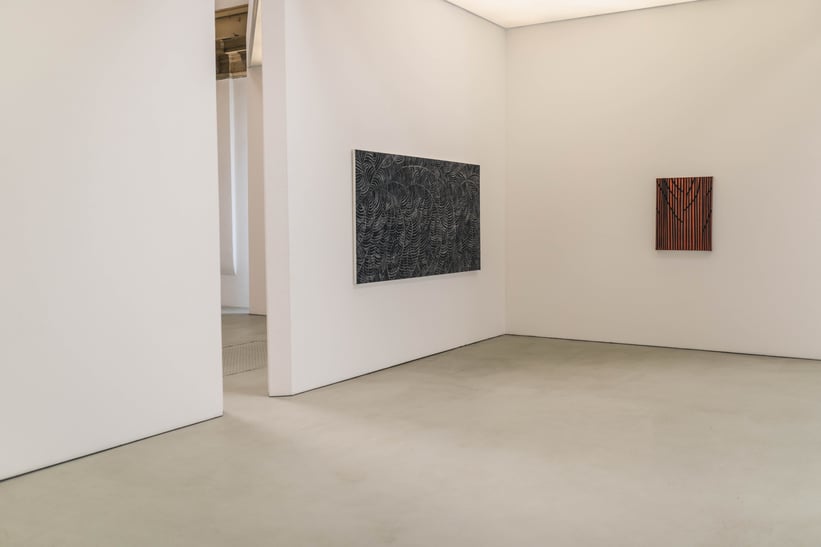

Hempel deals primarily with contemporary art in his gallery. His most famous artists include the Finnish photographer Esko Männikö and the sculptor Stephan Balkenhol, who is his friend. We soon came to know Hempel as a very personable and open gallerist whose knowledge and anecdotes are overwhelming. His gallery is an open art space, but business is tough. For many people, art is also an investment. And Hempel is happy to deliver his works to customers who have them placed directly in a warehouse purely to appreciate in value. He treats his cars very differently, however. They should live and be moved. For Hempel, each of his cars has its own life, with its own stories and shared experiences.
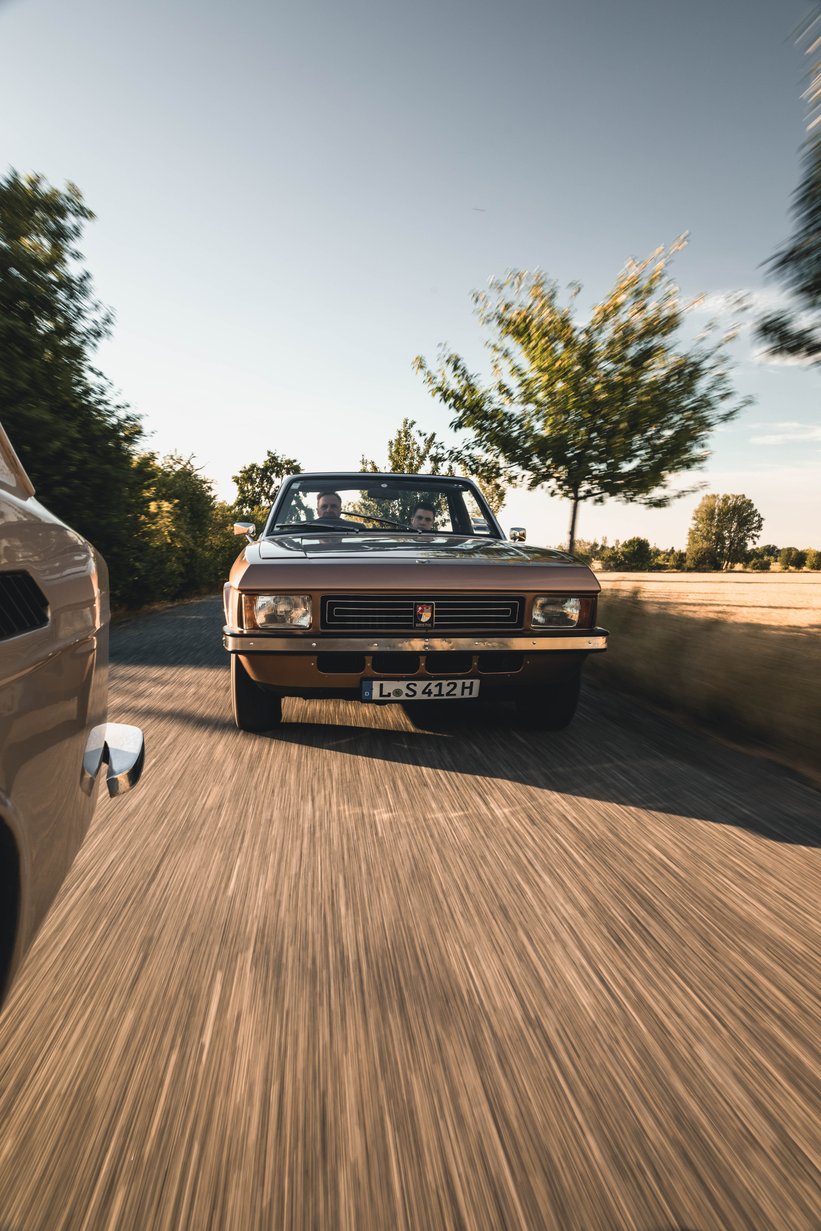
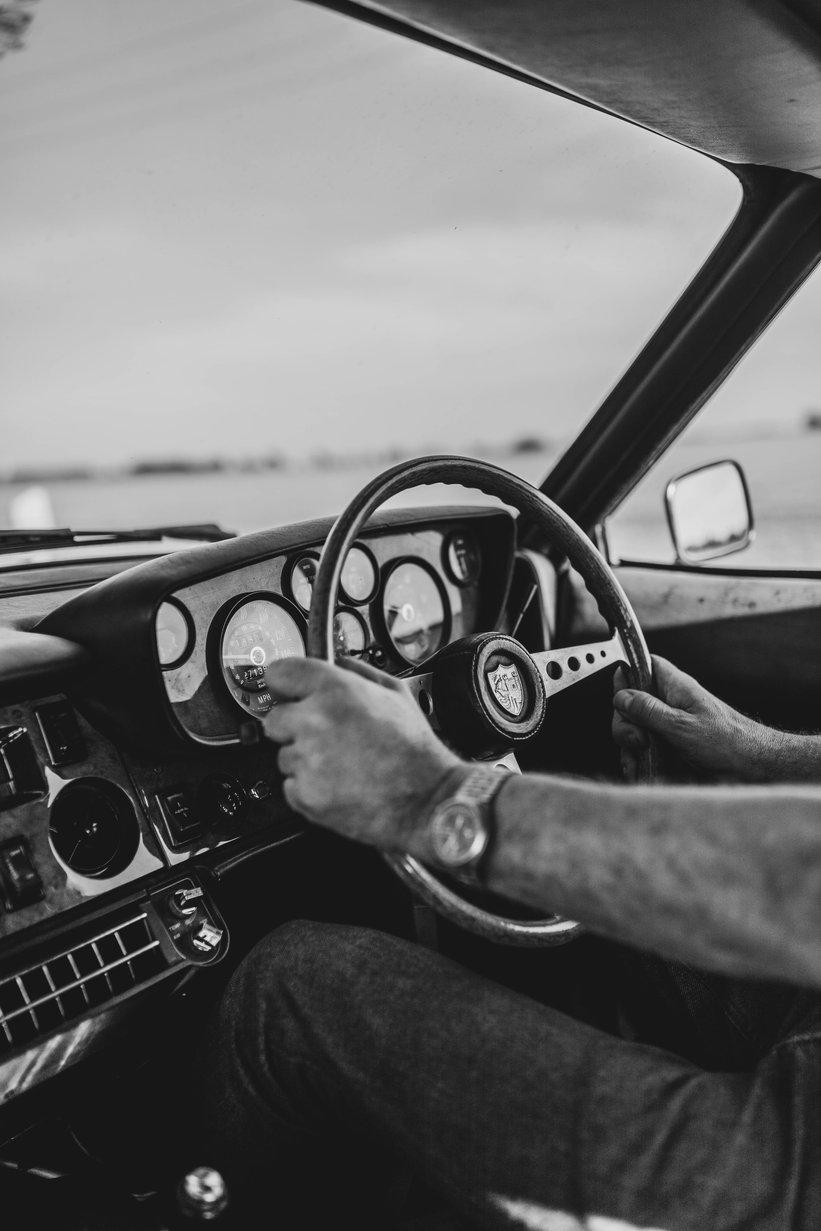
His Bristol 412 Convertible / Saloon is finished in ‘Brabazon Beige’ and has experienced its fair share of interesting stories. Shortly before our meeting, the car was slowed by a gearbox failure. This was followed by several weeks of despair and disillusionment. The imported replacement gearbox could not be located by German customs, and then Hempel discovered that the wrong gearbox had been delivered and simply didn’t fit. It’s understandable that such a situation can be nerve-wracking. But in the end, the old gearbox was overhauled, and it worked straight away. The fact that Hempel slipped the roof onto the rear on the first drive and left a dent only made for a tired and sarcastic smile after everything that had happened. Life with a Bristol is easier with British humour and Anglo-Saxon tolerance.
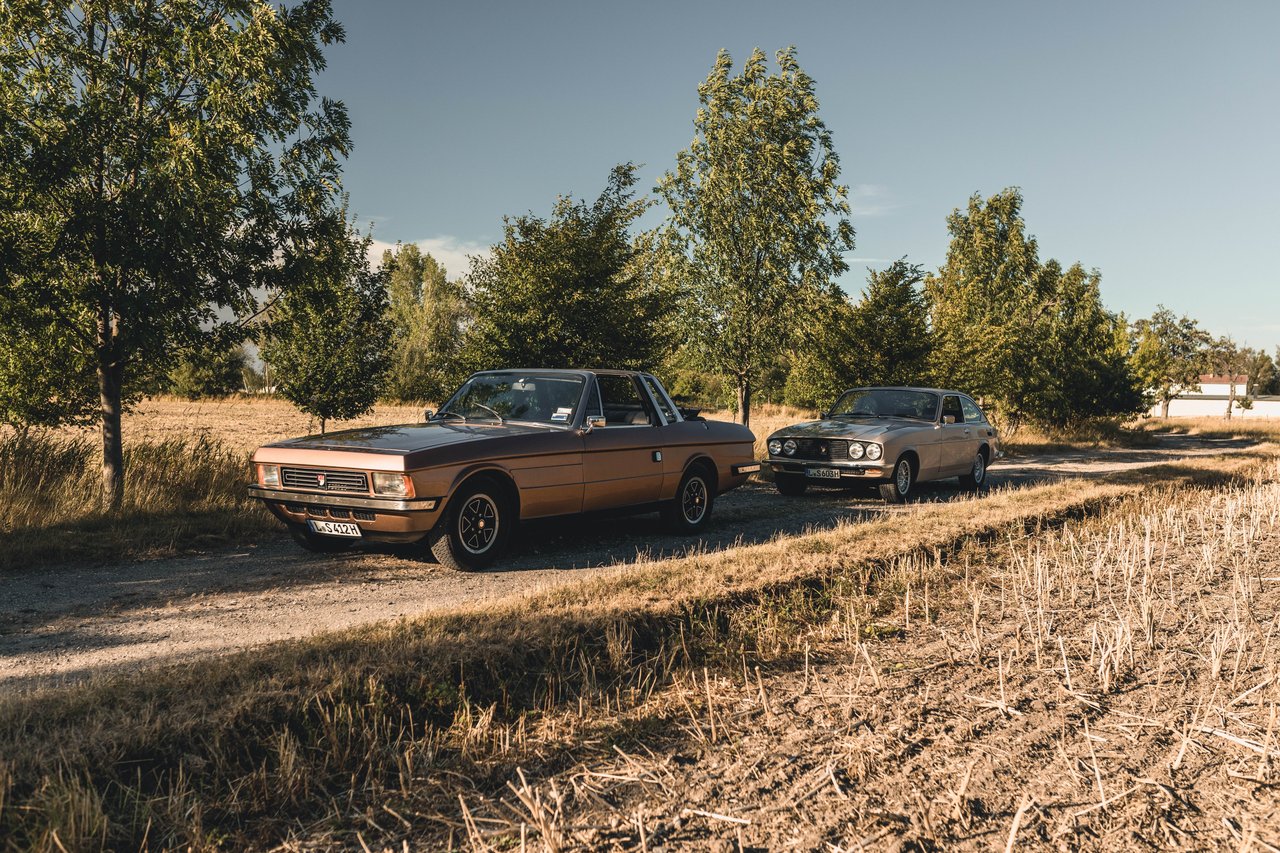
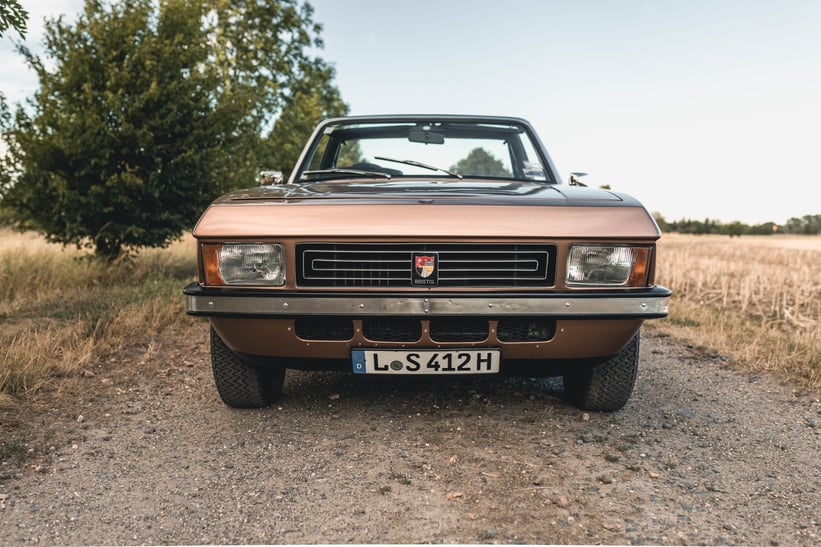
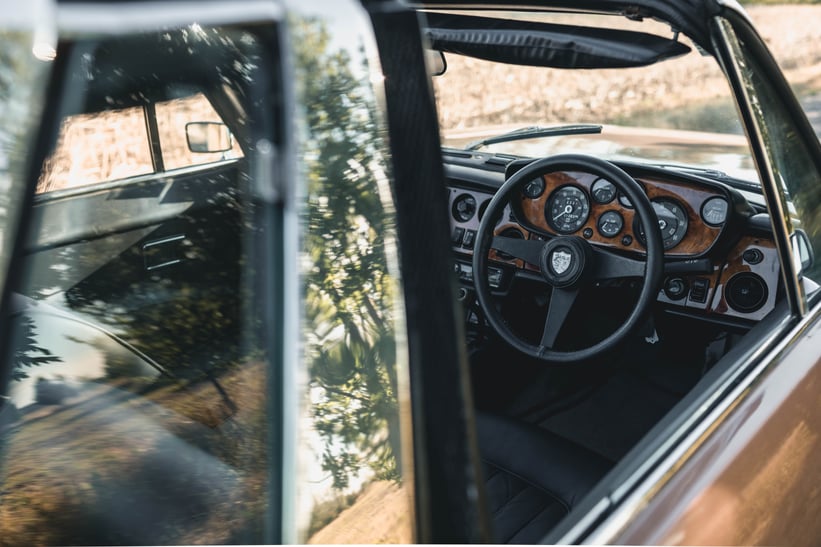
It was on 9 April 1976 that the 412 was delivered to Bristol Cars Limited. It served the company owner Anthony ‘Tony’ Crook as a demonstrator for a few years before leaving the fleet in unexplained circumstances. It is known, however, that the quirky convertible had three owners in England before it was exported to Australia in 1988. Thirty years down under left their mark. Its Ozzy owner did not trust the original door locks from Lancia so fitted an additional set. And in its original beige, the car was simply lost in the Outback. It was given a deep blue dress, which faded over the years in the Australian sun. Before Hempel could remove the locks and old paintwork, buying the car itself proved to be a baptism of fire.
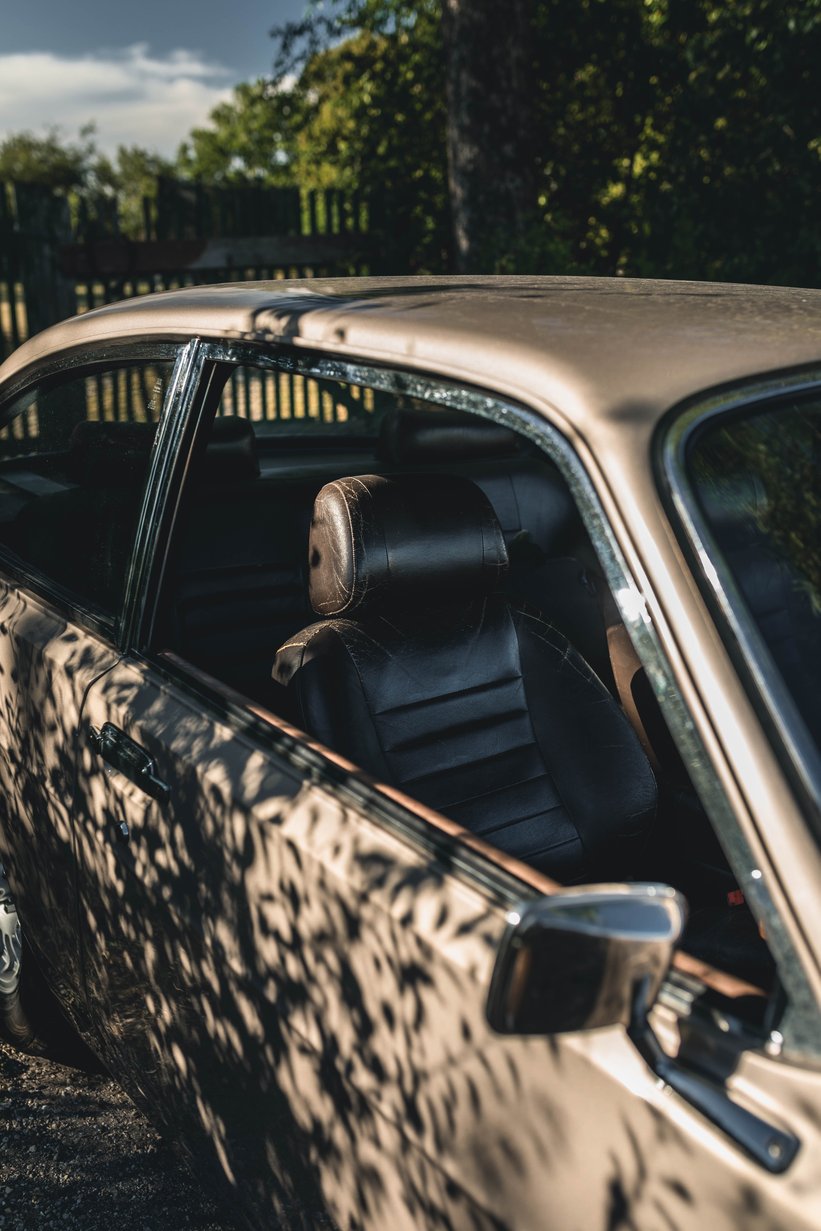
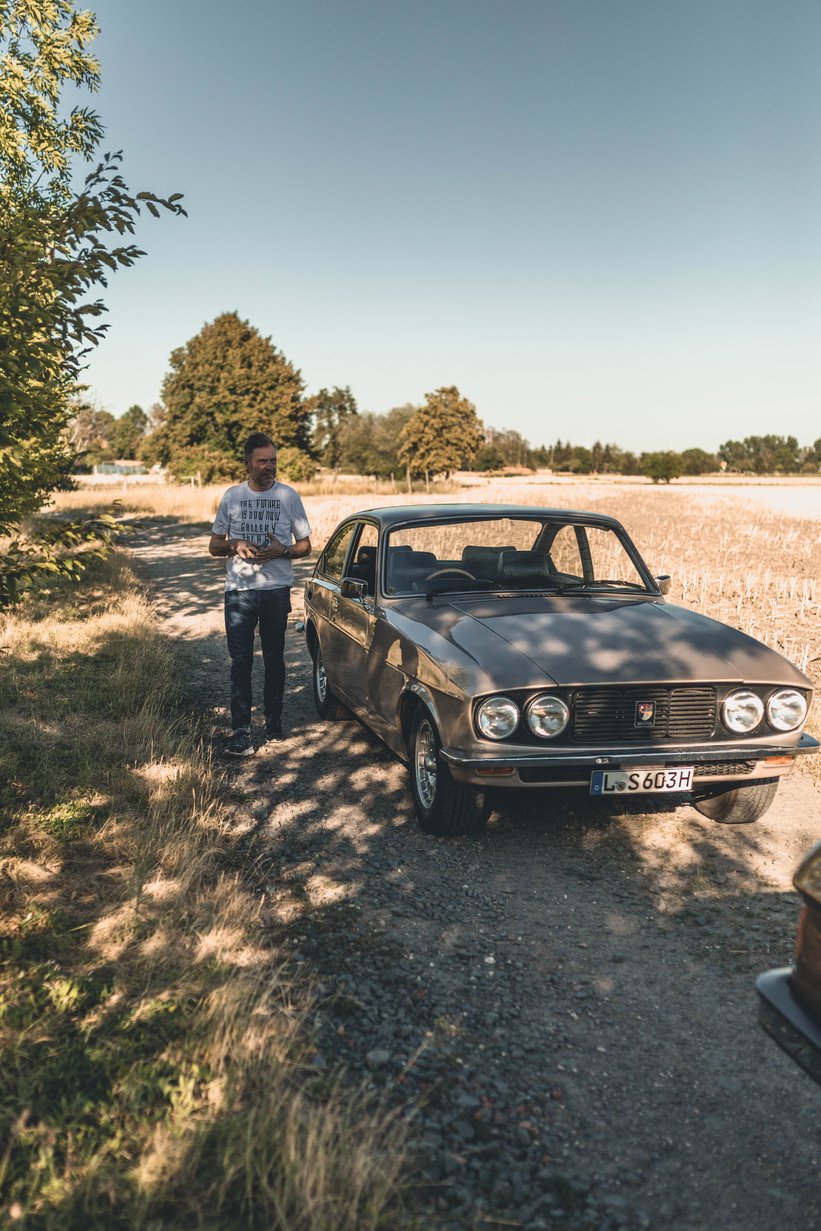
What are your expectations when you go to England to buy a classic car? Probably not of having to sleep on the floor of the seller’s house. When the Bristol got stuck on the way to the ferry port and the problem could not be solved that day, Hempel had to take an unforeseen overnight stay with the vendor owing to a lack of hotel rooms in Wiltshire. Thanks to some lively mechanics, the journey home was made possible the next day, but a new problem soon surfaced. It was March and it won’t surprise anyone to learn that it was raining in England. When the wipers ceased to function after a few miles, it proved a challenge. Repeated stopping to fix the windshield wipers delayed the journey considerably, but the freshly baked Bristol owner made it on to the ferry just before it was due to set sail. The rest of the trip went without incident.
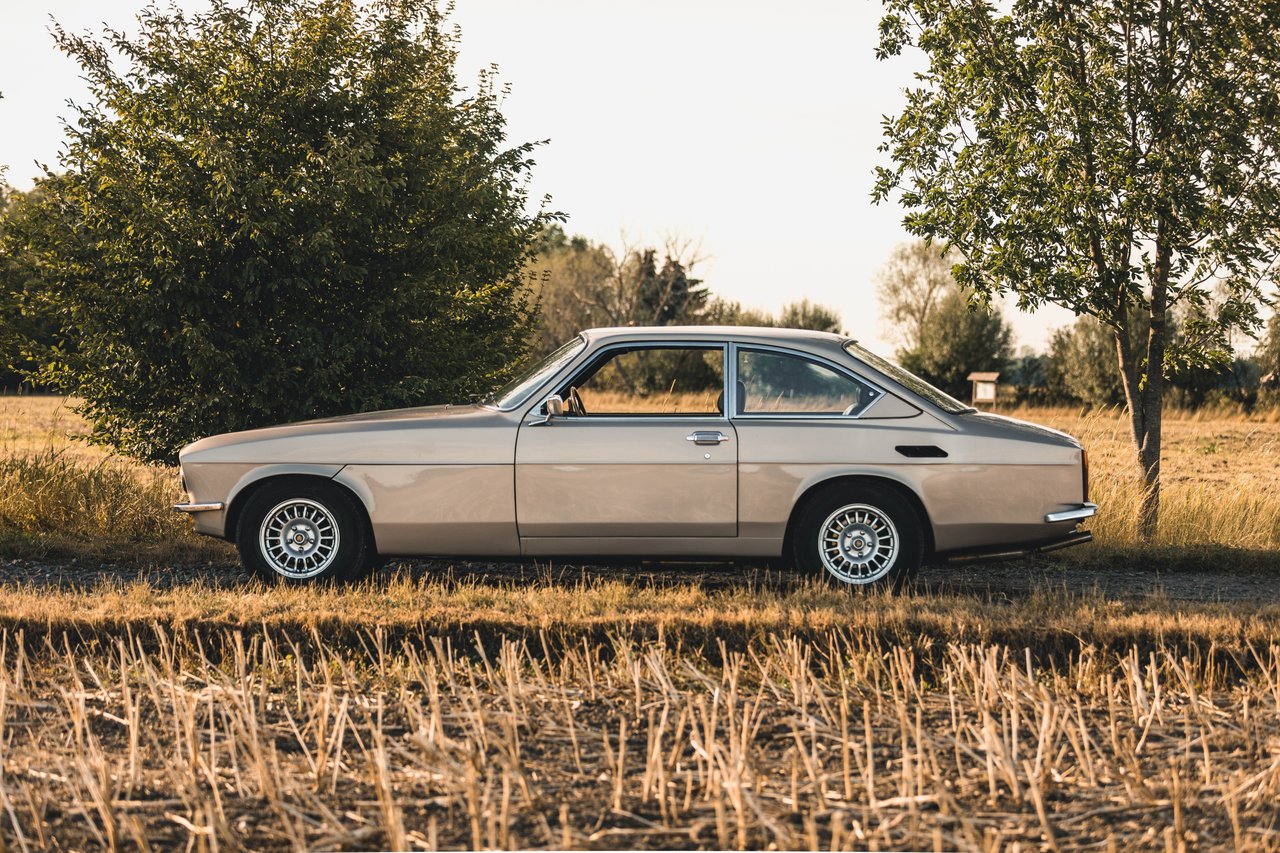
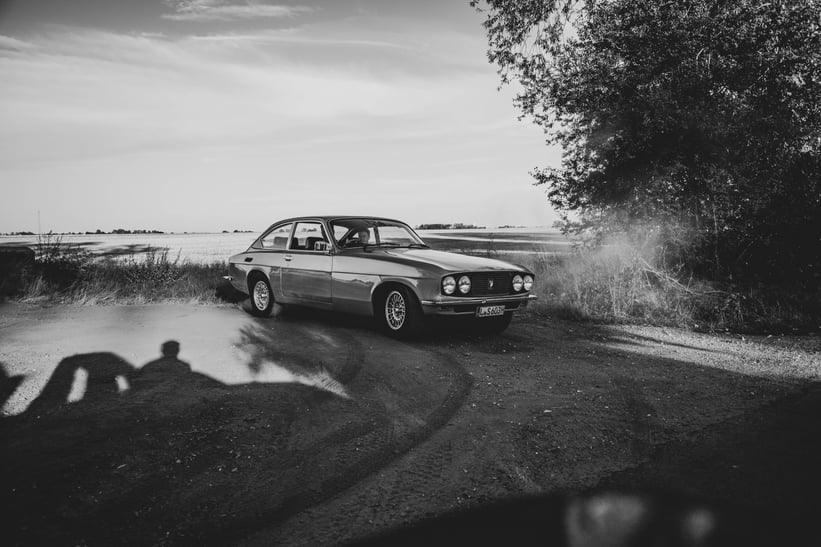
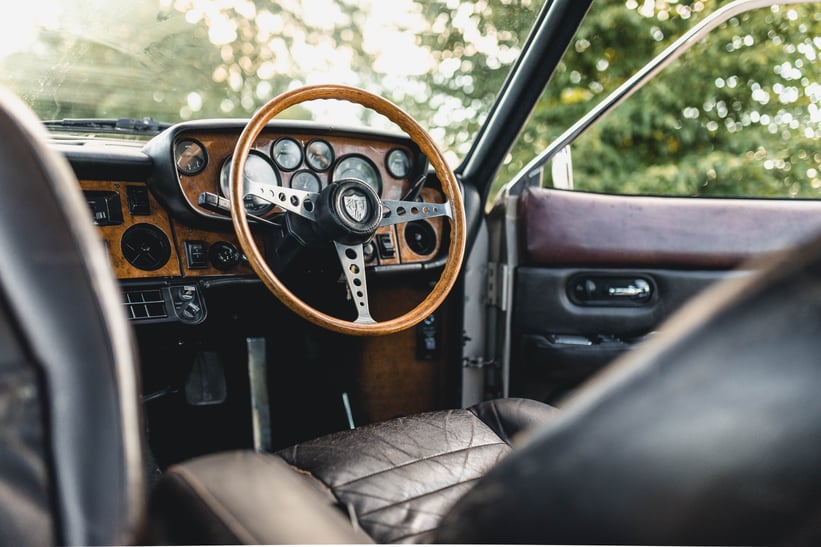
Incidentally, Hempel became aware of the Bristol brand through a friend. He showed Hempel his Bristol Blenheim, a left-hand-drive and reportedly ‘terribly ugly’ car. But still, he was attracted to the brand. After all, he had been looking for an unusual car with an interesting provenance for a long time. It needed to be exclusive but affordable. Hempel’s first Bristol was the 603, the coupé built in England from 1976 until 2011 without any major changes. When the windshield cracked a few years back, it was the Bristol factory itself which was the only supplier with original, albeit used, windows in stock. And since Bristol only offered installation on site, Hempel had to travel to England. Thankfully, this time he was spared an evening on the floor.
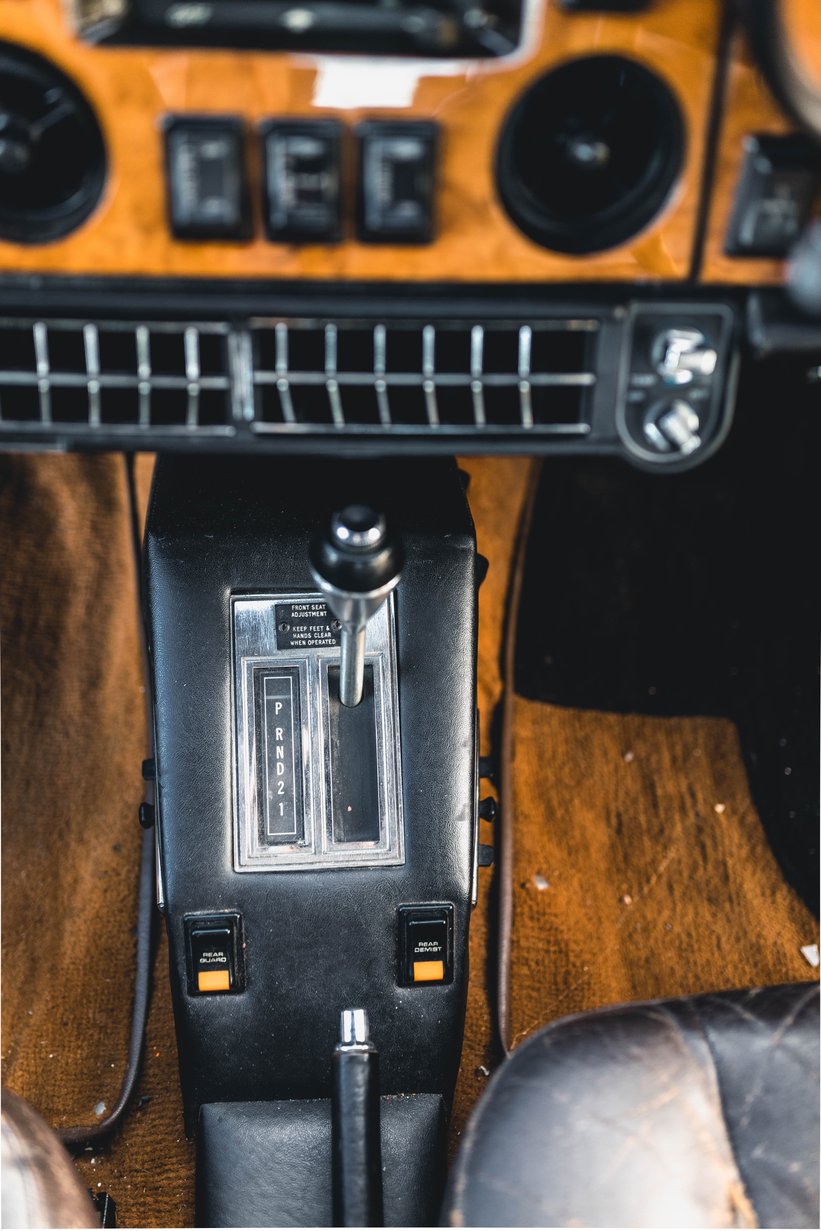
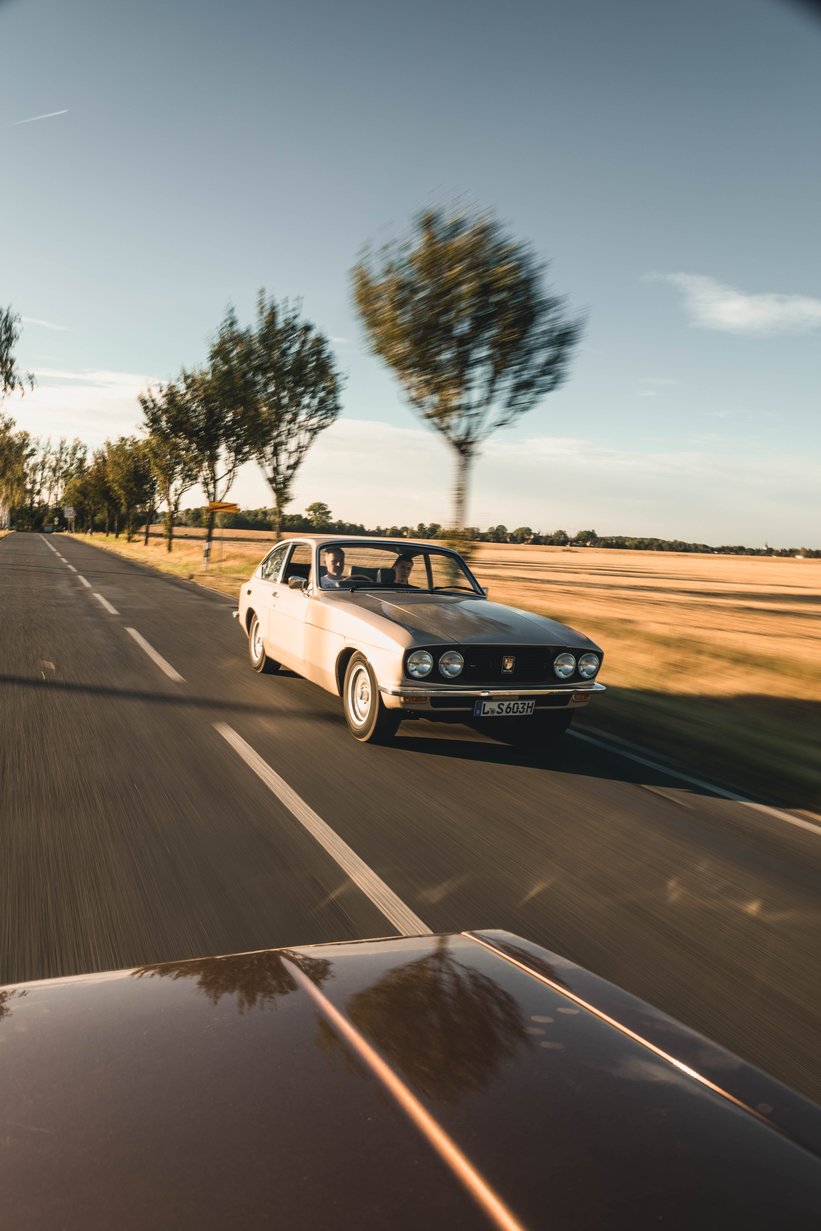
It seems natural that this car also has its own story to tell. Shortly before the first bankruptcy of Bristol Cars Limited in 2011, Hempel picked collected his car in the brand’s only showroom, on Kensington High Street in London. A short time later, it transpired that his Bristol 603 was the last used car that was sold in the hallowed halls before the bankruptcy. Today, almost 10 years later and several resuscitation attempts later, Bristol has unfortunately ceased its activities for good. Let’s hope the quirky British brand does not disappear and that people such as Jochen Hempel can continue to write its story in a very personal way.



















































